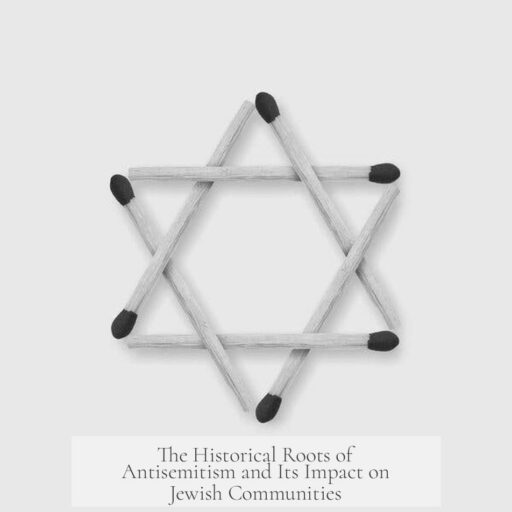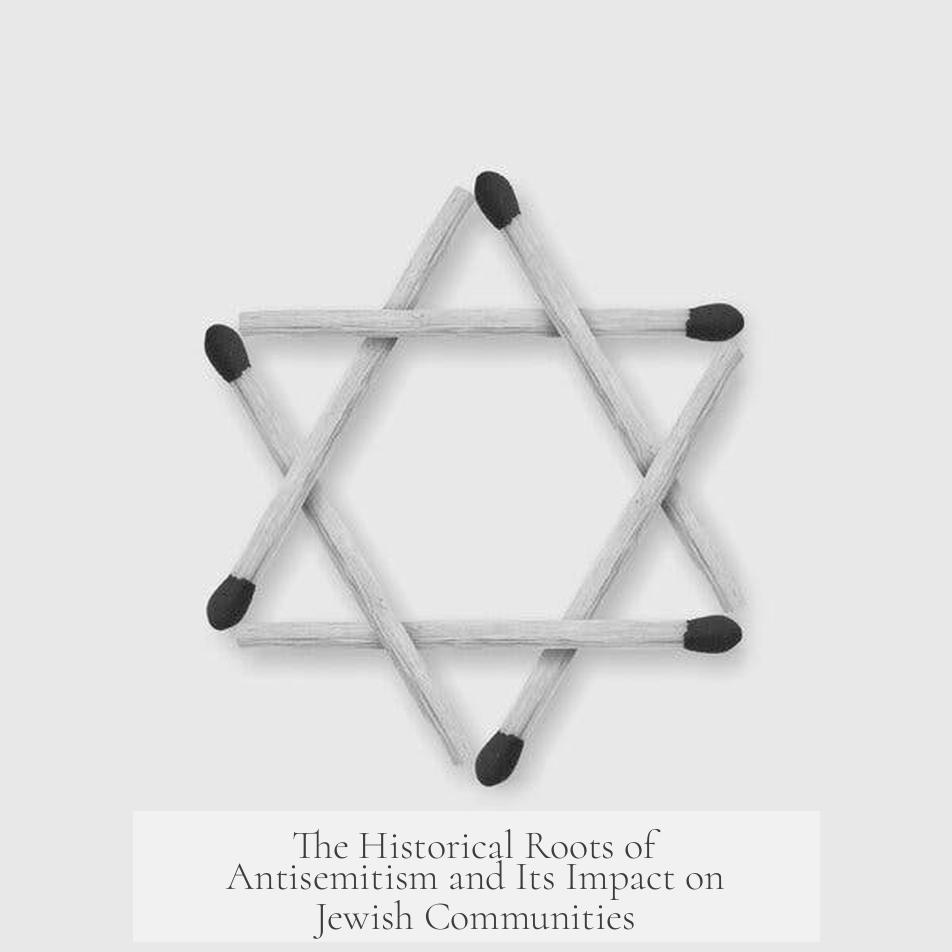The hatred of Jews throughout history arises from a complex set of social, religious, political, and racial factors, none of which justify or explain the prejudice rationally. Antisemitism is fundamentally irrational and rooted in the persecutors’ hatred, delusions, and scapegoating, not in any actions or beliefs of Jews themselves.
Antisemitism spans many centuries and cultures. Its origin is not due to anything that Jewish people did but is instead a manifestation of prejudice by majority groups. Jews were often the only visible minority minority available to be scapegoated in many societies, making them frequent targets during times of crisis or upheaval.
Historically, Jewish communities lived within Christian, Muslim, and other majority societies. Relations with Christian societies were particularly strained. Christians often allowed Jews to practice their faith only under restrictions that enforced their social marginalization. The Christian Church blamed Jews collectively for the death of Jesus, a theological accusation that fueled centuries of discrimination and violence.
Throughout medieval Europe, Jews faced enforced distinctions that increased their alienation:
- Wearing distinctive clothing or hats
- Subject to humiliating public rituals
- Paying additional taxes
- Being confined to ghettos and isolated from the majority population
Such policies reinforced the notion of Jews as “the Other,” deepening social divisions.
During societal crises, Jews were frequent scapegoats. For example:
- The “blood libel” myth falsely accused Jews of murdering Christian children for ritual purposes.
- During the Black Death, Jews were blamed for the plague, leading to widespread expulsions and massacres.
Political contexts also intensified persecution. The Spanish Expulsion of 1491 forced Jews to convert or leave during state consolidation efforts. This event introduced racial criteria based on “blood” to suspicion and discrimination, an unprecedented antisemitic development.
The 19th century marked a major shift from religious to racial antisemitism. Enlightenment rationalism challenged older religious-based persecutions, but also gave way to “modern racism”:
- Jews were increasingly seen as a distinct race rather than just a religious group.
- This racial view framed Jews as foreigners without a national homeland, allegedly acting internationally.
- Racist conspiracy theories, such as the fake document “Protocols of the Elders of Zion,” portrayed Jews as conspirators planning world domination.
These conspiratorial ideas originated with the Tsarist secret police around 1904 and spread widely. Despite being debunked, they influenced extremist antisemitic ideologies, including those of the Nazis.
Jews’ involvement in emerging political ideologies like communism also fueled antisemitic conspiracy theories falsely portraying them as masterminds behind revolutionary movements. This myth was constructed and spread by reactionary forces aiming to discredit both Jews and political opponents.
The most tragic consequence of such evolved antisemitism was the Holocaust, where racial and conspiratorial hatred culminated in the systematic murder of six million Jews. After World War II, antisemitism persisted in new forms, often revolving around conspiracy myths and continued discrimination.
Ancient and early antisemitism began as ethnic and cultural hostility. Jews’ separateness, adherence to distinct religious practices, and widespread diaspora communities made them targets of suspicion in Greek cities and the Roman Empire. Early incidents include expulsions from Rome under Emperor Tiberius and punitive measures after Jewish rebellions.
Religious antisemitism solidified with Christianity. New Testament passages were used to justify blaming Jews for Jesus’ death, fostering centuries of theological and social discrimination. Efforts to suppress Jewish religion, like banning circumcision or desecrating the Temple, increased tensions further.
Throughout history, Jews’ socioeconomic roles and knowledge sometimes fed into stereotypes and envy. The accusation that Jews controlled money or wielded power exaggerated misconceptions and was exploited to justify exclusion and violence.
| Key Factors in Historical Antisemitism | Details |
|---|---|
| Irrational hatred | Persecution based on prejudice, not actions of Jews |
| Scapegoating | Jews blamed during crises like plagues or economic hardship |
| Religious Othering | Christian doctrine blamed Jews for Jesus’ death |
| Enforced Marginalization | Distinctive clothing, ghettos, taxes |
| Racial Antisemitism | 19th century shift to racial theories of Jewish difference |
| Conspiratorial Myths | False documents like the Protocols fuel conspiracies |
| Political Factors | Association with communism as alleged global conspirators |
Key takeaways:
- Antisemitism arises from irrational hatred and scapegoating, not Jewish actions.
- Jews were the only available minority in many societies to blame during crises.
- Religious hostility, especially Christian theological claims, institutionalized discrimination.
- Social control measures reinforced Jews’ alienation, fostering prejudice.
- Modern antisemitism shifted from religion to race and conspiracy theories.
- The Holocaust was rooted in racial and conspiratorial antisemitism from the 19th and 20th centuries.
- Antisemitism persists today in various forms and myths despite being disproven and condemned.
Why were Jews often targeted as scapegoats in history?
Jews were frequently the only minority visible in many societies. When crises arose, rulers and societies blamed them to explain problems or to seize assets. This made Jews convenient targets for persecution and expulsion.
How did Christian societies contribute to Jewish hatred?
Christian leaders allowed Jews limited rights but imposed heavy restrictions. Religious leaders blamed Jews for the death of Jesus, fostering distrust and discrimination that became deep-rooted in many Christian societies.
What role did stereotypes and rituals play in marginalizing Jews?
Measures like forced clothing, humiliating rituals, special taxes, and segregated ghettos increased Jewish isolation and the view of them as “others.” These actions reinforced social divides and justified unequal treatment.
How did antisemitism change in the 19th century?
Antisemitism shifted from religious reasons to racial and nationalistic ideas. Jews were seen as a “race without a nation” suspected of loyalty to international causes rather than any single country, feeding modern racist theories.
What impact did conspiracies like the Protocols of the Elders of Zion have?
The Protocols falsely claimed Jews planned world domination. Though proven fake, they spread widely and fueled antisemitic beliefs. These conspiracies influenced harmful ideologies, including those behind the Holocaust.




